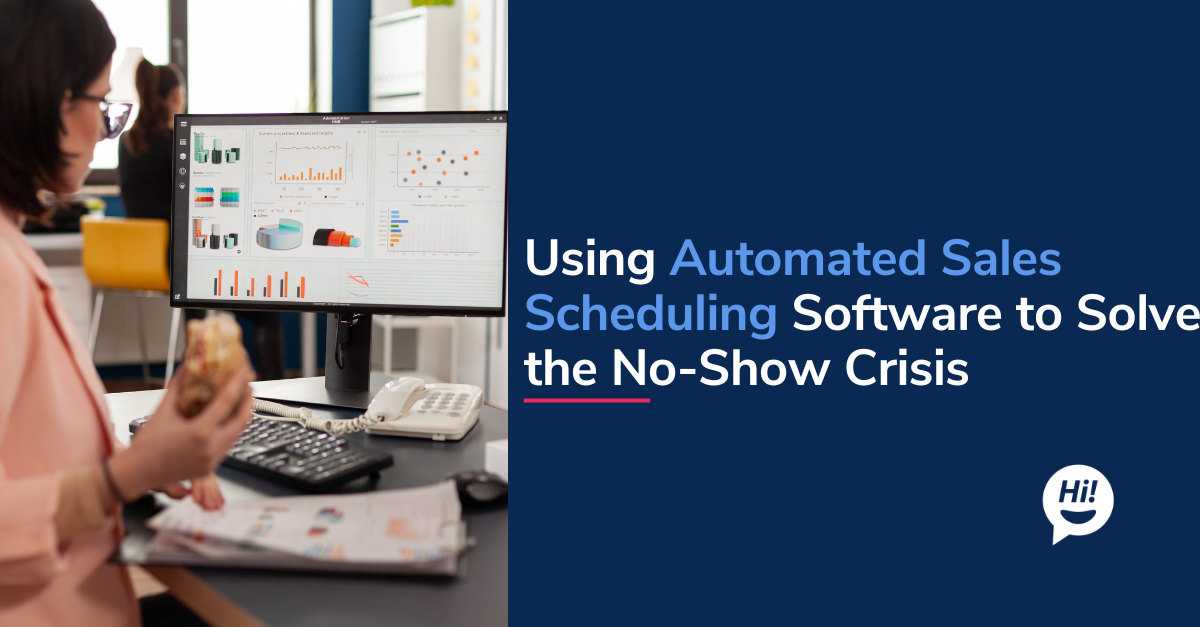Digital communication has become an indispensable tool in modern marketing. It encompasses various online channels used to reach and engage with target audiences. From social media and email to search engine and content marketing, digital communication offers businesses a powerful platform to promote their brands and products.
This blog will delve into the fundamentals of digital communication, explore practical strategies for creating engaging content, and provide insights on measuring and analyzing campaign success. By the end, you'll have a solid understanding of leveraging digital communication to achieve your marketing goals.
The Fundamentals of Digital Communication
Understanding the Digital Landscape
The digital landscape is vast and ever-evolving. Key channels include:
- Social Media: Platforms like Facebook, Instagram, Twitter, LinkedIn, and TikTok offer a broad reach and engagement opportunities.
- Email Marketing: A direct and personalized way to reach customers with targeted content.
- Search Engines: Google, Bing, and others are essential for online visibility.
- Content Marketing: Creating valuable content (blog posts, videos, infographics) to attract and engage the audience.
- Pay-Per-Click (PPC) Advertising: Paid ads on search engines and social media.
- Mobile Marketing: Optimizing content for mobile devices, as a significant portion of online activity occurs on smartphones and tablets.
The Role of Digital in the Customer Journey
Digital communication plays a crucial role at every stage of the customer journey:
- Awareness: Attracting potential customers through content marketing, social media, and SEO.
- Interest: Nurturing leads with targeted email campaigns and personalized content.
- Decision: Providing information and testimonials to help customers make informed choices.
- Purchase: Facilitating online transactions and offering seamless customer experiences.
- Loyalty: Building long-term relationships through post-purchase communication and customer support.
Key Digital Communication Concepts
- Content Marketing: Creating valuable content to attract and engage the audience.
- Search Engine Optimization (SEO): Optimizing website content and structure to improve search engine rankings.
- Pay-Per-Click (PPC) Advertising: Paid ads on search engines and social media, where you only pay when someone clicks on your ad.
- Social Media Marketing: Utilizing social media platforms to build brand awareness, engage with customers, and drive traffic.
- Email Marketing: Sending targeted email campaigns to nurture leads, promote products, and provide customer support.
- Mobile Marketing: Optimizing websites, apps, and content for mobile devices.
Tools and Technologies
Essential tools for digital communication include:
- Analytics: Tools like Google Analytics to track website traffic, user behavior, and campaign performance.
- Customer Relationship Management (CRM): Software to manage customer interactions, data, and sales pipelines.
- Social Media Management: Platforms to schedule posts, monitor engagement, and analyze performance across various social networks.
- Content Management Systems (CMS): Tools to create, manage, and publish website content.
- Email Marketing Software: Platforms for sending email campaigns, tracking open rates, and measuring click-through rates.
- SEO Tools: Software to analyze keywords, optimize website content, and track search engine rankings.
- PPC Management Tools: Platforms for managing paid advertising campaigns, setting bids, and targeting specific audiences.

Creating Effective Digital Communication Strategies
Here are some ways to create effective digital communication strategies for your business.
Defining Your Target Audience
Understanding who you're trying to reach is crucial for effective marketing.
- Understanding Your Ideal Customer: Identify their demographics, interests, pain points, and goals.
- Creating Buyer Personas: Develop detailed profiles of your target customers to tailor your responses for better messaging ROI.
Setting Clear Goals and Objectives
Having well-defined goals ensures your efforts are focused and measurable.
- SMART Goal Setting: Set goals that are Specific, Measurable, Achievable, Relevant, and Time-bound.
Developing a Content Strategy
A well-planned content strategy helps you create and distribute valuable content.
- Creating a Content Calendar: Plan your content topics, formats, and publication dates.
- Types of Content: Consider blog posts, videos, infographics, case studies, and other formats that resonate with your audience.
- Content Distribution Channels: Determine where your content will be published, such as your website, social media, and email.
Leveraging Social Media
Social media offers a powerful platform to connect with your audience.
- Choosing the Right Platforms: Select social media platforms that align with your target audience and goals.
- Creating Engaging Content: Share valuable, relevant, and visually appealing content.
- Building a Community: Engage with your followers, respond to comments, and foster a sense of belonging.
Email Marketing Best Practices
Email marketing is a direct and personalized way to reach your customers.
- Building an Email List: Collect email addresses through opt-in forms, lead magnets, and social media contests.
- Crafting Compelling Subject Lines: Write subject lines that are attention-grabbing and relevant to your content.
- Personalization and Segmentation: Tailor your email content to specific segments of your audience based on demographics, interests, or behavior.
Search Engine Optimization (SEO)
SEO helps your website rank higher in search engine results.
- On-Page SEO: Optimize your website's content, structure, and meta tags with relevant keywords.
- Off-Page SEO: Build high-quality backlinks to your website from other reputable sources.
Paid Advertising
Paid advertising can help you reach a wider audience and drive conversions.
- PPC Advertising: Utilize platforms like Google Ads and social media advertising to reach a wider audience.
- Targeting and Bidding Strategies: Refine your targeting options to reach the most relevant audience and optimize your bidding strategy to maximize ROI.

Measuring and Analyzing Digital Communication Success
Key Performance Indicators (KPIs)
Track these metrics to assess your digital communication efforts:
- Website Traffic: Monitor website visitors, page views, and bounce rates.
- Social Media Engagement: Measure likes, shares, comments, and followers.
- Conversion Rates: Track the percentage of website visitors who take desired actions (e.g., sign up and purchase).
- Return on Investment (ROI): Calculate the financial return on your digital marketing investments.
Analytics Tools
Utilize these tools to gather and analyze data:
- Google Analytics: A comprehensive tool for tracking website traffic and user behavior.
- Social Media Analytics: Various social media networks offer platforms to analyze engagement and performance.
Data-Driven Decision Making
Use analytics to optimize your campaigns and improve results:
- Identify Trends: Analyze data to identify patterns and trends in your audience's behavior.
- Make Data-Informed Decisions: Use insights from analytics to make informed decisions while creating a digital marketing communication strategy.
- Continuously Optimize: Regularly review and adjust your campaigns based on performance data.
Is Digital Communication Important?
Digital communication is an essential component of modern marketing. By understanding the fundamentals, creating effective strategies, and measuring your results, you can leverage digital channels to reach your target audience, build brand awareness, and drive business growth.
Remember, the digital landscape is constantly evolving. Staying updated on new trends, technologies, and best practices is important. By continuously learning and adapting your strategies, you can ensure your digital communication efforts remain effective and successful.
With a focused approach and a commitment to continuous improvement, you can harness the power of digital communication to achieve your marketing goals.
To learn more about Botsplash click the button below to schedule a demo with our team.







